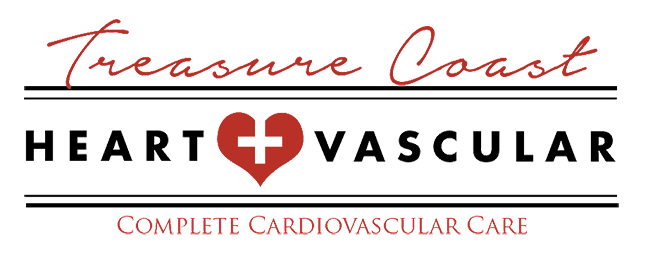Q: If I have my veins treated, will I ever have varicose veins again?
A: Historical vein treatments such as vein stripping were extremely painful, left disfiguring scars, and were only minimally effective. The cure was definitely worse than the disease. Current techniques have fortunately revolutionized the treatment of venous disease.
Vein stripping was introduced by Dr. William Keller in 1905 and has changed little in the last 100 years. Numerous studies of vein stripping have confirmed it to be only about 35-50% effective – certainly not very good odds. In addition, varicose vein surgery has historically been carried out by non-specialist consultants or relegated to junior staff (residents) to perform the procedure. As such, many surgeons have little interest in keeping up to date with the latest techniques. Many are even still using Dr. Keller’s stripping procedure.
Endovenous thermal ablation (endovenous radiofrequency and endovenous laser) bears little resemblance to its historical predecessor. Radiofrequency ablation was FDA approved in 1999, and endovenous laser ablation was FDA approved in 2002. The Cool-Touch Endovenous Laser (CTEV) was FDA approved in 2004 – 99 years after Dr. Keller introduced vein stripping.
A lot has changed over the last 99 years. The minimally invasive endovenous laser procedures are 95-98% effective in treating the refluxing veins (200%-300% better than the stripping procedures they replaced). The new endovenous ablation procedures are also much less painful than vein stripping. Patients were typically off work 6-8 weeks after a stripping procedure. Our patients usually go back to work in 3-4 days. Many patients do not even require the prescribed Darvocet.
Unfortunately, many doctors and nurses still advise patients not have their veins treated. This is because effective treatment of venous disease has only been available for a short time, and many health care professionals are unaware of the latest developments. We welcome phone calls from your healthcare providers with questions or concerns, so we can explain the difference in the treatment options that we offer and those options available when they were in training.
